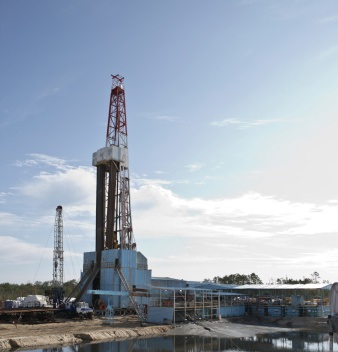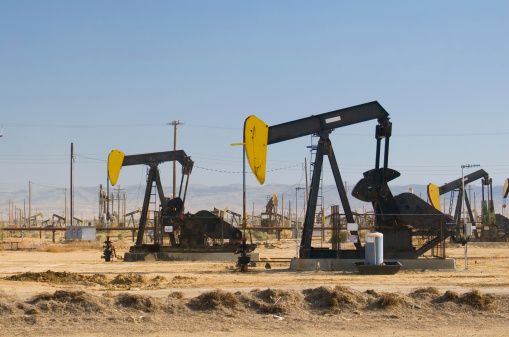 GASLAND: Film Review
GASLAND: Film Review
GASLAND is the 2010 documentary written, directed, narrated, and primarily filmed by Josh Fox, an American filmmaker. The documentary was nominated for a 2011 Academy Award for Best Documentary and received a notable amount of media attention.
Summary
The film begins with Fox reading a letter from a natural gas company offering him $100,000 to purchase the natural gas drilling rights on his family’s land in Milanville, Pennsylvania . The narration of the letter marks the beginning of Fox’s investigative adventure across the U.S. to talk with landowners about natural gas drilling and how it has affected their lives. Fox travels to towns and cities in Pennsylvania, Colorado, Texas, and Wyoming to learn how people have been negatively impacted by natural gas drilling on their land or surrounding properties.
Fox’s environmental passion and concern about water pollution is apparent in his interviews as he connects with people who experienced contaminated water as a result of unconventional natural gas drilling and hydraulic fracturing. His investigation focuses on how these drilling and completion techniques for natural gas have polluted the water, showing in many cases how vapors from drinking water and river water will ignite and continue to burn with the strike of a match.
The investigation did show a correlation between some areas of natural gas drilling and polluted drinking water. In parts of the film, families claim they told drilling companies about the contaminated water. In response, the companies replaced the contaminated water or tested the polluted water and denied claims of water contamination as a result of natural gas drilling.
The Take-Away
- “Currently” (2008-2009), laws to protect public health are ignored when it comes to oil and gas drilling.
- There should be more government data collected to determine the effects of natural gas drilling on the environment.
- There should be strict laws and government regulation regarding natural gas drilling.
The Reality
What the GASLAND documentary fails to point out is that the majority of natural gas companies are drilling and completing wells responsibly and properly without contaminating groundwater during hydraulic fracturing. Instead it focuses only on the fraction of companies that were drilling irresponsibly. The documentary is one-sided and only highlights negative aspects of natural gas drilling and production. It fails to point out anything positive about the natural gas industry, which is one of the largest economic contributors in the U.S.
The natural gas industry has generated billions of dollars in revenue, created millions of jobs and as the cleanest burning fossil fuel, has the potential to reduce the harmful emissions generated by oil and coal. Abundant supplies of this domestic resource will provide a secure and stable energy future while reducing greenhouse gas emissions for generations to come.
Most people would agree that the government needs to closely regulate oil and gas companies to ensure they are properly drilling and completing wells without hurting the environment and its inhabitants. According to Sustainableshale.org , today oil and gas operators are implementing standards of drilling and completion to ensure environmental safety across the country including the very areas Fox focuses on. Until the high demand for natural gas dissipates, and reliable alternative energy sources have been developed, natural gas production will continue to be necessary.



